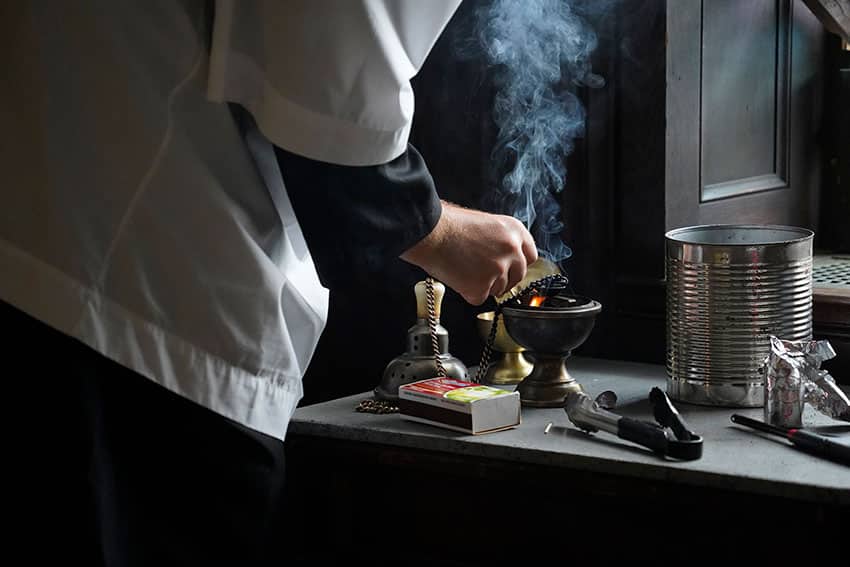
“Dear Father, I often attend a Latin Mass in the traditional rite with my family, and we find it very spiritual and helpful. I understand the Pope has now put severe restrictions on the use of this Mass. Does this mean we may not be able to attend it in the future?
The restrictions to which you refer came in Pope Francis’ Motu Proprio Traditionis custodes, issued on 16 July 2021. The restrictions are, as you say, quite severe and they have caused considerable concern and disappointment among those who celebrate or attend the Mass regularly. In this column I will explain the background to the latest development and, in the next, the substance and reasons for the new directives.
For almost 500 years, ever since Pope Pius V issued a new missal in 1570 following the Council of Trent, the Church of the Latin Rite all over the world celebrated the Latin Mass you have been attending. Then in the Second Vatican Council (1962-1965), the bishops asked for changes to be made in the Mass, so that “the faithful should be led to that full, conscious, and active participation in the liturgical celebrations which is demanded by the very nature of the liturgy” (SC 14).
Pope St Paul VI, who was Pope at the time, entrusted a group of liturgical experts with the task of reforming the Mass to achieve the aim proposed by the Council.
…a large number of those attending these Masses are young people, who were born long after the Second Vatican Council and never knew the former Mass.
The result was the so-called Novus Ordo, new rite, of the Mass, which was introduced in 1970 and is now commonly used all over the world. Nonetheless, as considerable changes were made to the Mass, some priests, especially older ones, preferred to continue using the older missal.
As the numbers grew, Pope St John Paul II saw fit to regulate the use of the 1570 missal, in the version authorised by Pope St John XXIII in 1962, by granting official permission for its use in 1984. John Paul further regulated it by his Motu Proprio Ecclesia Dei in 1988.
As Pope Francis explains in his letter to bishops accompanying Traditionis custodes, Pope John Paul was motivated above all “by the desire to foster the healing of the schism with the movement of Mons. Lefebvre”.
French Archbishop Marcel Lefebvre in 1970 had established the Society of St Pius X, whose members celebrated only the traditional Mass.
In 1988, when the Archbishop ordained bishops without permission from the Holy See, the Society ended up in schism. Pope Francis continues: “With the ecclesial intention of restoring the unity of the Church, the Bishops were thus asked to accept with generosity the ‘just aspirations’ of the faithful who requested the use of that [1962] Missal.”

To accommodate these “just aspirations”, the Holy See in 1988 established the Priestly Fraternity of St Peter, whose priests celebrate Mass with the 1962 missal. This was done also with a view to drawing Catholics away from the Society of St Pius X into union with the Church.
The permission granted by John Paul II was further broadened by Pope Benedict XVI in 2007 with his Motu Proprio Summorum Pontificum. Pope Benedict called the missal of Pope Paul VI the “ordinary form” of the Roman Rite, and the missal of John XXIII the “extraordinary form”. Thus, there were to be two forms of the one Roman Rite.
As Pope Francis says in his letter, quoting Pope Benedict, the latter Pope intended to afford greater access to the traditional Mass to those, “including young people, who when ‘they discover this liturgical form, feel attracted to it and find in it a form, particularly suited to them, to encounter the mystery of the most holy Eucharist’”.
Over the years, there has been a growing number of priests, in addition to the over 300 in the Priestly Fraternity of St Peter, who celebrate Mass, regularly or occasionally, with the 1962 missal.
They find that a large number of those attending these Masses are young people, who were born long after the Second Vatican Council and never knew the former Mass. At a time when most young people are estranged from the Church and do not attend Mass at all, a growing number feel drawn to the traditional Mass and they attend it eagerly.
Related:
